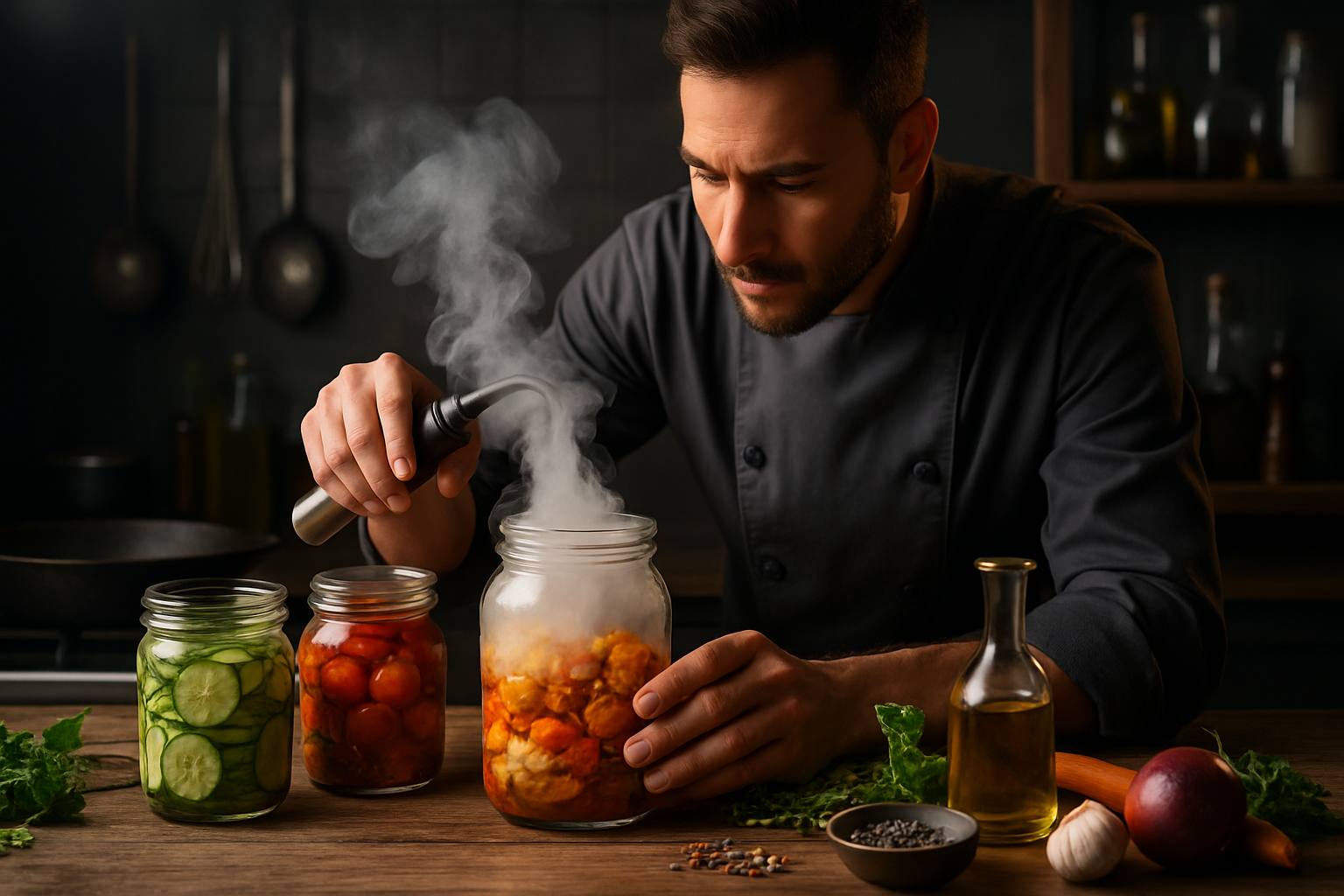Pantry staples from other cuisines expanding home repertoires
Home cooks increasingly reach beyond familiar shelves to borrow pantry staples from other cuisines, enriching everyday meals with new aromas, textures, and techniques. From fermented condiments to spice blends and plant-based substitutes, these ingredients invite experimentation while supporting preservation, seasonality, and sustainable mealprep practices across diverse culinary traditions.

Across kitchens worldwide, incorporating pantry staples from other cuisines is reshaping how people plan, shop, and cook. Bringing a jar of gochujang, a tin of preserved lemons, or a bag of dried urfa pepper into an otherwise familiar pantry introduces flavors that can elevate simple recipes, encourage batch cooking, and promote diverse, plantbased meal options. Expanding your repertoire in this way often involves learning small preservation or fermentation techniques, balancing seasonality, and considering sustainability when sourcing ingredients.
How can global cuisine change your pantry?
Adopting staples from another cuisine begins with small, purposeful additions that complement staples you already use. Ingredients such as miso, tahini, or pomegranate molasses can act as umami or acidic anchors in sauces, dressings, and marinades. A few jars of pickles, preserved citrus, or flavored vinegars add depth to salads and grains. Thinking in terms of cuisine as a set of techniques and flavor relationships rather than strict recipes helps you mix and match—pairing a Southeast Asian chili sauce with roasted vegetables or using North African spices to season legumes provides fresh, cross-cultural results.
Which ingredients support seasonality and preservation?
Pantry staples that support seasonality often include preserved items: jarred tomatoes, dried mushrooms, fermented vegetables, and canned or dried legumes. These items extend the useful life of seasonal harvests and reduce waste. Simple home preservation—salt-brining, quick pickling, or drying herbs—lets you capture flavors when produce is abundant. Choosing shelf-stable alternatives like canned fish or preserved citrus can provide a seasonal bridge, allowing you to enjoy summer or autumn tastes year-round while respecting local seasonal cycles.
How does fermentation broaden flavors?
Fermentation introduces complexity and shelf stability: miso, kimchi, sauerkraut, tamari, and kefir each offer distinct tang, umami, or effervescence that transform dishes with modest effort. A spoonful of fermented paste can deepen soups and sauces; fermented vegetables lift rice bowls and sandwiches. Learning basic fermentation—controlling salt ratios, temperature, and cleanliness—enables home cooks to produce safe, flavorful staples and to customize acidity and texture. Fermentation also pairs well with plantbased cooking, providing protein-rich or probiotic-enhanced options.
What plantbased alternatives fit pantry use?
Pantry-conscious plantbased alternatives include dried legumes, textured vegetable proteins, canned beans, nut butters, and nutritional yeast. These ingredients provide protein, texture, and savory notes without relying on fresh refrigeration. Combining international condiments—like coconut milk, harissa, or soy-based sauces—with these staples yields dishes that feel global yet practical. Plantbased pantry planning also encourages batch cooking and mealprep: a large pot of seasoned lentils, when paired with a few fermented or spiced condiments, becomes several distinct meals across the week.
How can mixology and flavors enhance meal building?
Treating the pantry like a flavor toolkit, borrowed from mixology concepts, helps you compose balanced dishes. Keep acid (vinegars, preserved lemon), heat (chile pastes, dried chilies), fat (oils, nut pastes), and savoriness (dried mushrooms, fermented sauces) on hand. Small investments in spice blends from various cuisines—sumac, ras el hanout, garam masala, or Chinese five-spice—allow rapid shifts in flavor profile. Using these elements deliberately makes mealprep more creative: the same roasted vegetables can be transformed into Mediterranean, Middle Eastern, or East Asian plates by varying the finishing condiments and spices.
How to use mealprep and sustainability in pantry choices?
Selecting pantry staples with sustainability in mind means prioritizing long-lasting, minimally processed items that support reduced food waste and lower environmental impact. Opt for dried pulses, whole grains, and preserved produce when fresh options are out of season; buy beans or grains in bulk to reduce packaging; choose fair-trade spices and ethically sourced oils when possible. Mealprep strategies—cooking grains, roasting roots, or fermenting vegetables in batches—stretch those staples across multiple meals and lessen reliance on single-use convenience foods. Consider shelf life and storage: vacuum-sealed or properly stored dried goods last longest and preserve flavors more effectively.
Conclusion Expanding a home pantry with staples from other cuisines is a practical route to richer, more varied home cooking. By combining preserved and fermented items, plantbased alternatives, thoughtful spices, and mealprep techniques, cooks can access a wide array of flavors while honoring seasonality and sustainability. Small, intentional pantry changes make it easier to experiment across gastronomies and create everyday meals that feel both familiar and new.





